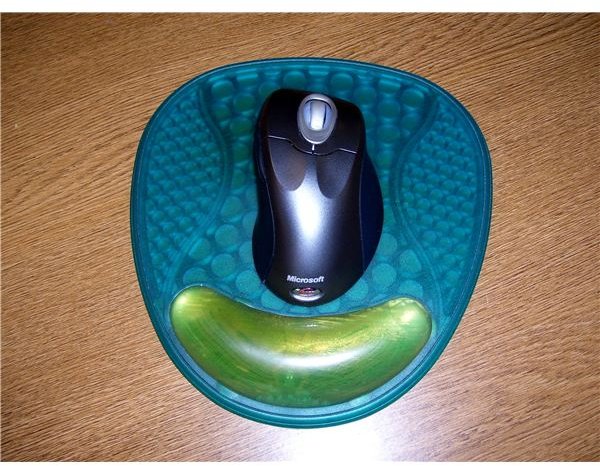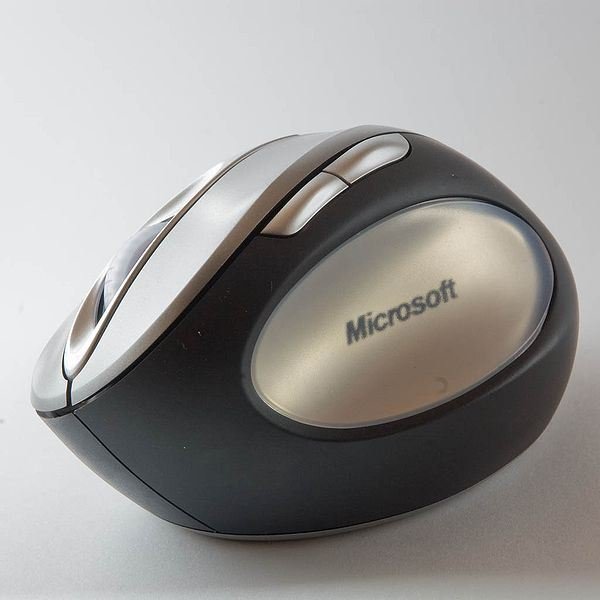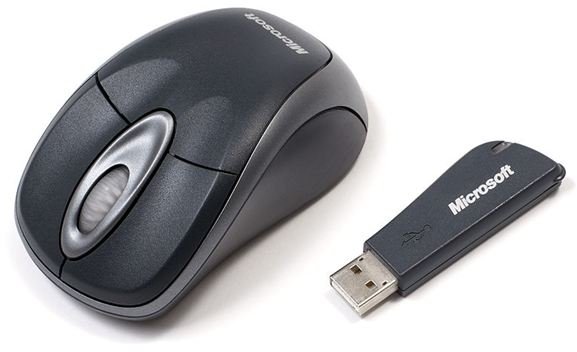How to Troubleshoot a Microsoft Wireless Mouse: Blinking Red Light
Common Causes of a Microsoft Wireless Mouse Blinking Red Light
A number of issues commonly cause connectivity problems and a flashing light on a Microsoft wireless mouse. The mouse’s software may need an update. Your batteries may need to be replaced or recharged. Your wireless receiver may be connected to a non-working port. Something may be interfering with the wireless mouse, or your mouse pad could be preventing the pointing device from suspending itself. The battery could also have a connection problem.
Fortunately, most of these problems are easy to resolve. By troubleshooting, you can rule out some possibilities and pinpoint the specific problem.
Check for Updates
The fix for your Microsoft wireless mouse blinking red light may be as simple as a software update. Go to the Microsoft download page, select your device and click Go. Download and install any available software updates. When the software is installed, restart your computer and determine whether the issue is resolved. If not, proceed to the next step.
Interference
Sometimes, one wireless device can interfere with another. Try some steps to test the receiver for interference.
Look at the bottom of your mouse to see if it has a button to sync it to the receiver. If so, press this button. Doing so will resync the mouse using a different channel. Turn the receiver upside down or on its side to see if you are able to get a better connection. Remove other nearby wireless devices, such as a cordless or cellular telephone and make sure the mouse is at least eight inches away from a wireless keyboard. Make sure the mouse is not on a metallic surface or very close to metallic objects.
If you have checked for interference but you still have a blinking red light, proceed to the next step.
Try a Different Surface

Aside from metallic surfaces, which may interfere with your mouse signal, other types of surfaces can also cause your Microsoft wireless mouse to have trouble connecting. While you do not necessarily need a mouse pad in order to use a wireless mouse, it can be helpful to use one. This is particularly true if your desktop is made of a glossy or reflective material, such as glass. The laser sensor may also have trouble tracking on surfaces with a recurring pattern, such as a newspaper. Some wireless mouse devices even have trouble tracking on specific colors. If you do not have a mouse pad, try using your mouse with one and vice versa. You may also want to try using a mouse pad that is a different color than your current surface.
If this does not resolve the issue, proceed to the next step.
Check Your Batteries

If you have rechargeable batteries in your mouse, try checking the battery status. In Windows XP, click Start and Run. Type in main.cpl and then click OK. In Windows Vista or Windows 7, click Start and type main.cpl into the Search field and press Enter. The Mouse Properties dialog opens. If there is a Wireless tab, go to it and verify the status of the battery. If there is not a Wireless tab, try recharging your batteries or the mouse itself, if it is rechargeable. Use a different outlet or port than you typically use to charge the mouse or the batteries.
If you do not have rechargeable batteries, replace those in your mouse with new, alkaline batteries. In fact, if you do have rechargeable batteries and the problem continues even after recharging, try using fresh alkaline batteries. Your rechargeable batteries may not be holding a charge or the charger could be defective.
Make sure batteries are correctly inserted and that there is a complete connection. Certain rechargeable batteries have shorter posts than alkaline batteries, which can cause a faulty connection.
After following these steps one at a time, you should be able to get rid of your Microsoft wireless mouse blinking red light and get back to work.
Open the battery compartment. Check for and remove anything that could be obstructing the batteries’ connection. Look for corrosion as well and remove it, if possible.
Image Credits
- Microsoft Wireless Mouse: Wikimedia Commons/Evan-Amos
- Mouse and Mouse Pad: morguefile.com/Penywise
- MS Wireless Laser Mouse: Wikimedia Commons/Biozinc
